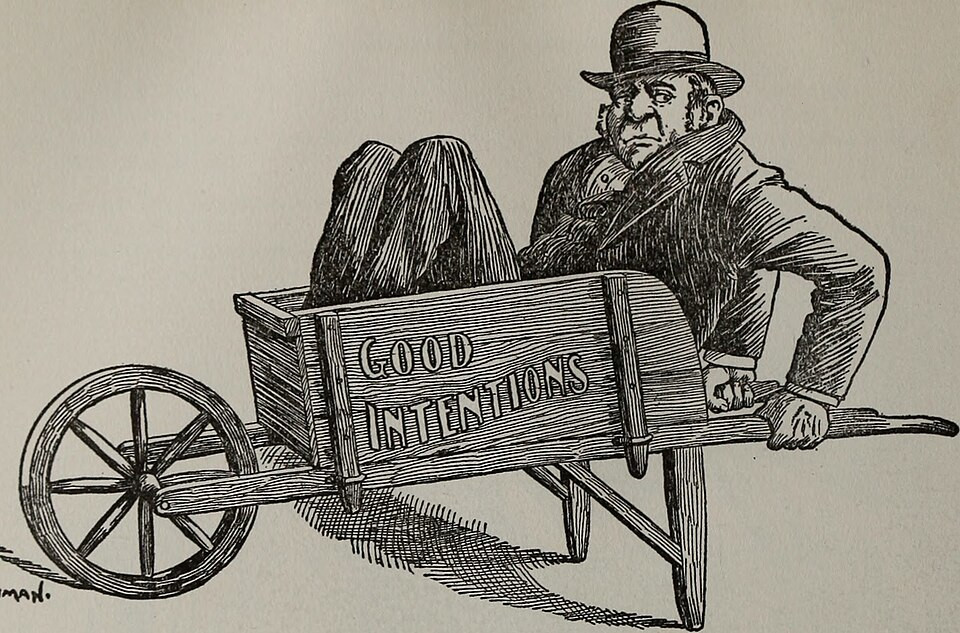He stood on his head by the wild seashore,
And danced on his hands a jig;
In all his emotions, as never before,
A wildly hilarious grig.
And why? In that ship just crossing the bay
His mother-in-law had sailed
For a tropical country far away,
Where tigers and fever prevailed.
Oh, now he might hope for a peaceful life
And even be happy yet,
Though owning no end of neuralgic wife,
And up to his collar in debt.
He had borne the old lady through thick and thin,
And she lectured him out of breath;
And now as he looked at the ship she was in
He howled for her violent death.
He watched as the good ship cut the sea,
And bumpishly up-and-downed,
And thought if already she qualmish might be,
He’d consider his happiness crowned.
He watched till beneath the horizon’s edge
The ship was passing from view;
And he sprang to the top of a rocky ledge
And pranced like a kangaroo.
He watched till the vessel became a speck
That was lost in the wandering sea;
And then, at the risk of breaking his neck,
Turned somersaults home to tea.
— Walter Parke



